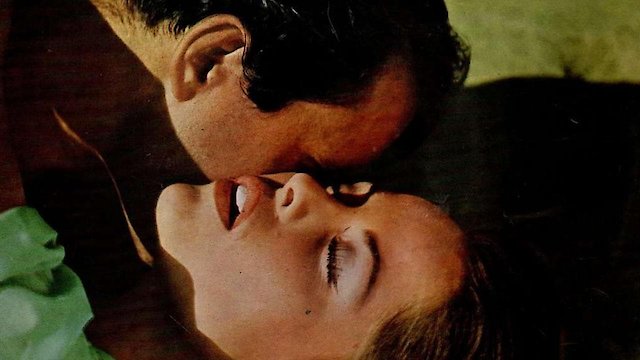
America As Seen by a Frenchman
Where to Watch America As Seen by a Frenchman

America As Seen by a Frenchman is a fascinating cinematic exploration that combines travelogue elements with avant-garde storytelling, providing audiences with a uniquely French perspective on the American landscape of the late 1950s. Released in 1960 and directed by the esteemed Jean Cocteau, the film features a captivating blend of vibrant visuals and poignant commentary, drawing viewers into a world that is both familiar and startlingly different from their own.
At its core, America As Seen by a Frenchman is a journey through the cultural and geographical expanses of the United States, as seen through the eyes of a Frenchman—an artistic lens filtered by the nuances of his observations and interpretations. Jean Cocteau, renowned for his eclectic talents as a poet, playwright, and filmmaker, serves not only as the director but also as an engaging narrator, inviting audiences to witness his musings on America with a blend of admiration, curiosity, and critique.
The film opens with sweeping shots of iconic American landmarks, interspersed with everyday scenes of American life. The visual aesthetic is rich and textured, reflecting Cocteau's background in visual arts. The use of light, shadow, and inventive camerawork enhances the viewing experience, creating an immersive journey that takes the audience through bustling cities, serene landscapes, and vibrant communities. Cocteau's approach is not merely to document but to interpret these scenes, weaving them into a narrative that contemplates the essence of American identity.
Throughout the film, Cocteau’s whimsical and sometimes surreal sensibility comes into play, allowing for moments of poetic introspection. The voice-over narration is laced with philosophical reflections that consider the complexities of American culture, from its commercialism to its idealism. Cocteau shows a genuine fascination with the contradictions inherent in American life, portraying a country brimming with both promise and uncertainty.
Key to the film's exploration of America is the interplay between culture and society. Cocteau illuminates various aspects of American existence—music, art, fashion, and more—by featuring performances and appearances from artists such as June Richmond, whose musical talents epitomize the vibrancy of American jazz and rhythm. These moments not only provide entertainment but also serve as a cultural commentary that underscores the artistic spirit of America during this era.
The film also captures the dynamic of American urban life, often contrasting it with the more romanticized rural images that Cocteau conjures. Through his camera, the bustling streets of cities like New York and Los Angeles become character studies in themselves, showcasing the energy and diversity that define these urban environments. Cocteau’s keen observational skills reveal the nuances of social interactions, the pulse of everyday life, and the unique way people navigate their spaces, offering a rich tapestry that invites reflection on human connection amid the chaos of modernity.
Cocteau’s vision of America extends beyond mere observation; it is also an artistic dialogue. The narrative engages with the optimism of the American Dream while simultaneously probing the disillusionment that often accompanies it. This duality resonates throughout the film, as he juxtaposes images of prosperity with those of struggle, creating a critical yet thoughtful examination of the American psyche. The film encourages viewers to question the narratives they accept—both about America and about themselves.
As the film progresses, it embraces a dream-like atmosphere that blurs the lines between reality and imagination. Cocteau employs surrealistic techniques, including unconventional editing and playful visual symbolism, to convey the complex emotions tied to his experiences in America. This artistic styling helps to underscore the discrepancies between perception and reality, prompting audiences to engage more deeply with the themes presented.
America As Seen by a Frenchman operates on multiple levels—cultural commentary, artistic exploration, and personal reflection—making it a rich viewing experience. The film is not only a historical artifact of the era but also a timeless meditation on the nature of identity and belonging, encouraging viewers to explore their own perspectives in relation to the world around them. Cocteau’s unique voice and visionary approach create a film that is both a personal journey and a universal examination of the human experience.
In conclusion, America As Seen by a Frenchman stands out as a visually stunning and thematically rich film that reflects the intricacies of a foreigner’s gaze upon America. Jean Cocteau, alongside a talented cast including Paul Klinger and June Richmond, crafts a narrative that is at once a celebration and a critique, inviting audiences to contemplate the deeper meanings of culture and identity in a rapidly changing world. Through its vibrant imagery and philosophical musings, the film remains a poignant exploration of America, resonating with viewers both then and now.
America As Seen by a Frenchman is a Documentary movie released in 1960. It has a runtime of 90 min. Critics and viewers have rated it moderate reviews, with an IMDb score of 7.1..
